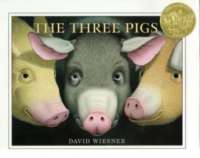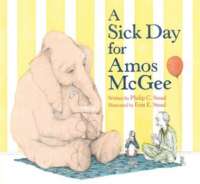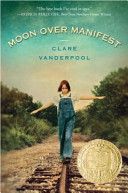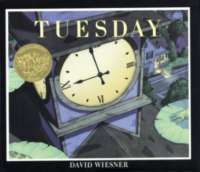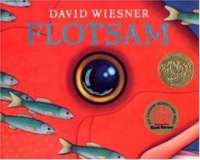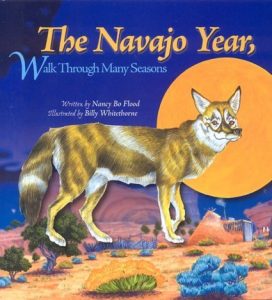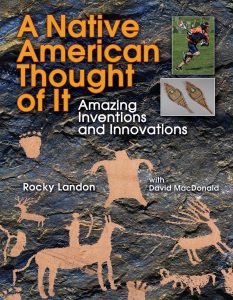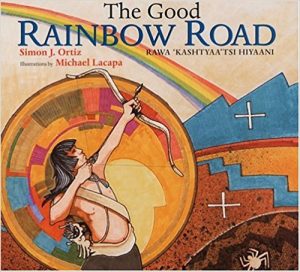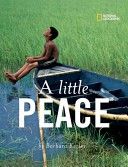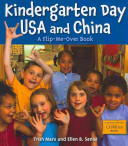
Readers spend a school day with two kindergarten classes in this flip-me-over book. One side tells the story of a class from Schenectady, New York, and the other side tells of a class from Beijing, China. As the day progresses, clocks show the time in the USA and in China, noting that its daytime on one side of the world and nighttime on the other. Discover the differences and similarities between these two countries as the classes participate in activities such as reading stories, drawing pictures, eating lunch, playing at recess, and solving problems.

